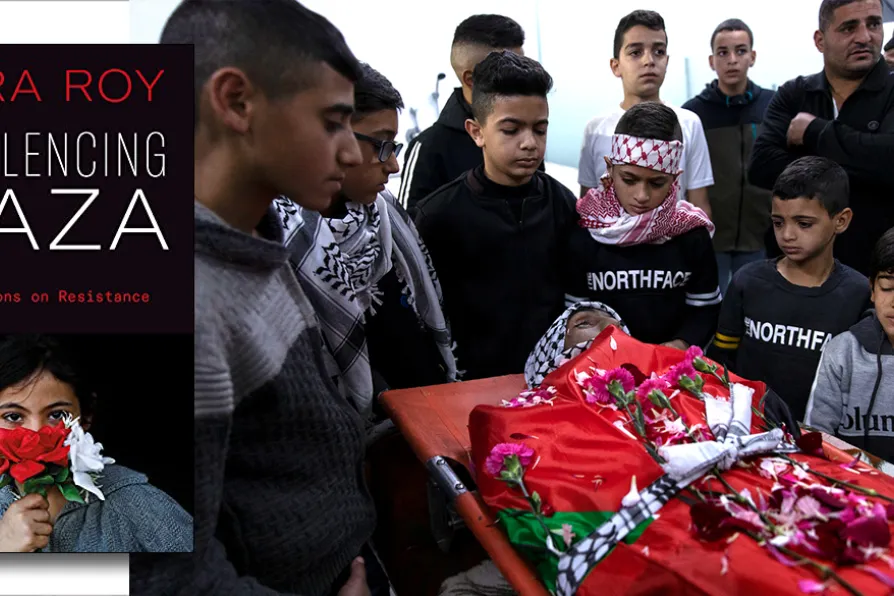MARIA DUARTE picks the best and worst of a crowded year of films

 Family and friends with the body of Amjad Abu Sultan, 14, killed by Israelis while allegedly throwing firebombs in the occupied West Bank
Family and friends with the body of Amjad Abu Sultan, 14, killed by Israelis while allegedly throwing firebombs in the occupied West Bank
Unsilencing Gaza – Reflections on Resistence
by Sara Roy
Pluto Press £19.99
SARA ROY’S stated aim in writing this book is to explain the significance of the occupation of Gaza, analysing its engineered and rapid decline under Israeli occupation, while showing how its people continue to resist in various ways.
As an academic she has undertaken over 30 years of research into the Israeli-Palestinian crisis and for this book has selected articles, letters and personal reminiscences which highlight the reasons for Israeli policy and describe the reality of living incarcerated in this blockaded enclave.
The facts and figures may be familiar, but they are stark and worth repeating.

With foreign media banned from Gaza, Palestinians themselves have reversed most of zionism’s century-long propaganda gains in just two years — this is why Israel has killed 270 journalists since October 2023, explains RAMZY BAROUD













